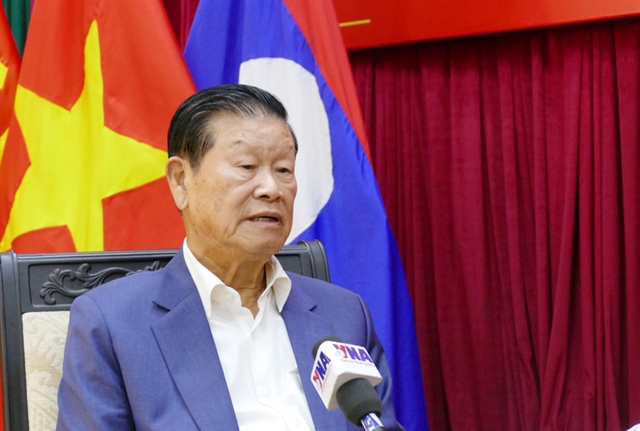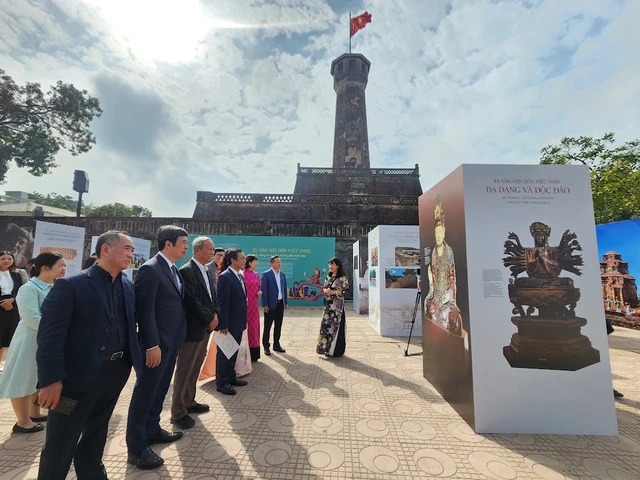 Opinion
Opinion

Professor Trần Hồng Thái, general director of Việt Nam’s General Department of Meteorology, talks to Tin Tức (News) online newspaper about the improvements of Việt Nam's meteorology industry

|
| Professor Trần Hồng Thái, general director of Việt Nam’s General Department of Meteorology. — Photo baotainguyenmoitruong.vn |
Professor Trần Hồng Thái, general director of Việt Nam’s General Department of Meteorology, talks to Tin Tức (News) online newspaper about the improvements of Việt Nam's meteorology industry
Can you say something about the theme of World Meteorological Day this year?
World Meteorological Day, which is celebrated every year on March 23, this year will be celebrated with the theme 'Climate and Water'.
This is the same as the 'Water and Climate Change' theme of this year's World Water Day, celebrated every year on March 22.
Water, climate and climate change are closely related.
Monitoring data is very important for the State management of meteorology as well as the effective management of water resources.
Water is very important in life.
Shortages of water are increasing due to the impact of climate change and socio-economic development.
Water resources security will be a global problem, especially in Việt Nam where there are many rivers that flow across borders.
In Việt Nam, hydro-meteorological information should be considered input information for the development planning of residential areas, coastal economic areas and socio-economic sectors.
The country's current system of hydro-meteorological monitoring and forecasting has contributed to ensuring national defence, security and sovereignty protection.
What do you think about the quality of hydro-meteorological forecasts and warnings?
The reliability of hydro-meteorological forecasting/warning information has been increasingly improved, such as early warnings for weather patterns and some natural disasters in recent years.
Việt Nam's ability to forecast storms is nearly equal to developed countries in the region and the world.
For example, warnings of heavy rain 2-3 days ahead of time can be as accurate as about 75 per cent.
Heavy rain during a thunderstorm can be predicted from 30 minutes to 2-3 hours ahead of time.
Severe cold spells, hot weather and flood forecast on rivers in the central region and Central Highlands 2-3 days out are 70-90 per cent reliable.
However, forecasts of storm intensity and heavy rainfall are still limited.
What will the meteorology industry do to improve the capacity and quality of forecasting to meet requirements in disaster prevention and socio-economic development amid climate change?
Meteorological and hydrological forecasting is always a very difficult and complex task, especially amid abnormal and extreme climate change in both changing frequency and intensity.
Predicting what will happen in the future is very difficult and can never be absolutely accurate.
Việt Nam is known as a country which has many storms and floods every year.
Recognising the importance of hydro-meteorological forecasting in natural disaster prevention and mitigation, the industry will focus on investing in science, technology and training human resources as the main solution to develop on the basis of existing resources.
The sector also needs to prepare human resources to carry out bilateral and multilateral international co-operation in research, application and technology transfer.
We will try our best to strengthen the management, monitoring and forecasting of water supplies, working with the natural resources and environment sector to perform State management in the field of hydrometeorology to minimise undesirable hazards.
To carry out this, we want to receive active sharing and participation of all levels of authorities and people in mitigating the risks of water and climate, contributing to serving sustainable development goals. — VNS




